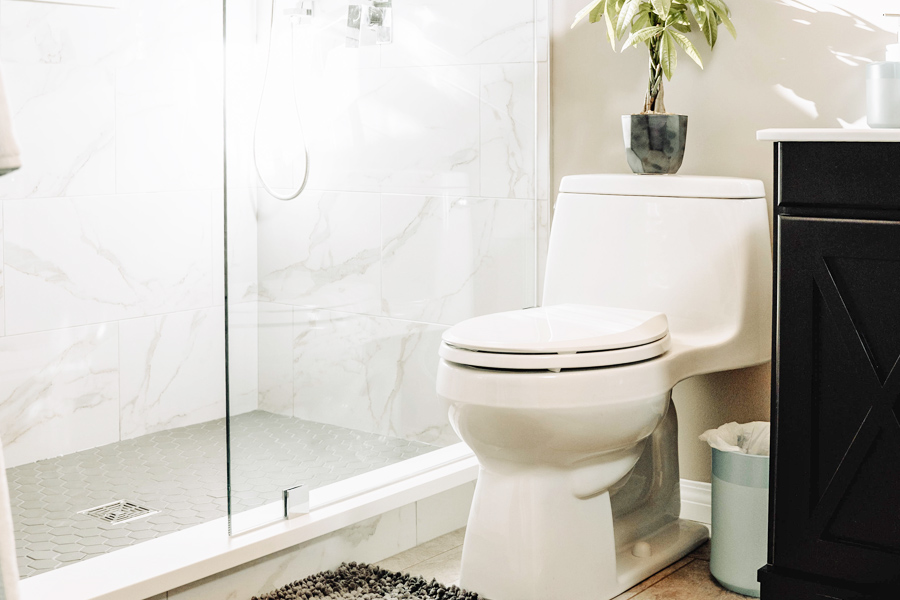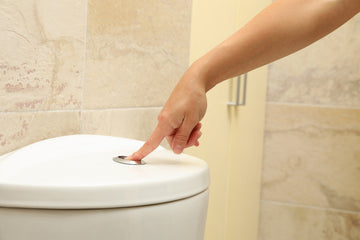In recent years, dual flush toilets have become a popular choice for homeowners and businesses alike. These innovative fixtures are designed to offer a choice between a full flush for solid waste and a reduced flush for liquid waste, thereby helping to conserve water. However, despite their growing popularity, there are several common misconceptions about dual flush toilets that still persist. In this article, we aim to debunk these myths and shed light on the reality of using dual flush systems effectively.

Understanding Dual Flush Toilets
Before diving into the myths, it is important to understand how dual flush toilets function. Unlike traditional toilets that use the same amount of water for every flush, dual flush toilets give users the option to choose between two different flush volumes. Typically, a full flush uses about 6 liters of water, while a reduced flush uses only about 3 liters. This flexibility not only helps in water conservation but also reduces the water bills significantly over time.
According to the EPA, dual flush toilets can save a household up to 4,000 gallons of water per year. Despite these benefits, several misconceptions continue to cloud consumer judgment.
Myth 1: Dual Flush Toilets Are Too Complicated to Use
One of the most prevalent misconceptions is that dual flush toilets are too complicated for everyday use. Some people believe that the two-button system is confusing, especially for guests or children. However, the reality is that dual flush toilets are designed with simplicity in mind. The buttons are clearly labeled, usually with one button for liquid waste and another for solid waste, making the process straightforward. In fact, many users find the two-button system intuitive and easy to use after just a few tries.
Myth 2: They Dont Save Much Water
Another misconception is that dual flush toilets do not save a significant amount of water compared to traditional toilets. This myth likely stems from a lack of understanding of the technology behind these toilets. Studies have shown that dual flush toilets can reduce water usage by up to 60% compared to older models. For more insights into how these toilets conserve water, you can visit How Dual Flush Toilets Conserve Water.
Myth 3: They Are Not Cost-Effective
Many people assume that dual flush toilets are expensive to install and maintain, making them not cost-effective. While it's true that the initial cost of a dual flush toilet may be higher than a standard toilet, the long-term savings on water bills can more than offset this initial investment. The reduced water usage leads to lower water bills, and over time, the savings can be substantial. To learn more about the financial benefits, check out our article on Dual Flush Toilet Advantages.
Myth 4: They Are Difficult to Maintain
Some consumers believe that dual flush toilets require more maintenance than traditional toilets. This is another misconception. In reality, dual flush toilets are designed to be durable and easy to maintain. Regular cleaning and occasional checks of the flushing mechanism are usually all that is required. Additionally, because they use less water, there is often less wear and tear on the components, which can lead to fewer repairs over time.
Conclusion: Embracing the Benefits of Dual Flush Toilets
Debunking these common misconceptions about dual flush toilets reveals the true value they offer in terms of water conservation, cost savings, and ease of use. As industries and households continue to prioritize sustainability, understanding the real benefits of dual flush toilets is crucial. For more information on innovations in dual flush technology, visit our article on Innovations in Dual Flush Toilets.

FAQs
Do dual flush toilets really save water?
Yes, dual flush toilets are designed to save water by offering different flush volumes for liquid and solid waste. This can lead to significant water savings over time.
Are dual flush toilets more expensive to install?
While the initial cost may be higher than traditional toilets, the long-term savings on water bills make them cost-effective.
Can dual flush toilets be installed in older homes?
Yes, dual flush toilets can be installed in most homes, regardless of age. It is important to consult with a plumbing professional to ensure proper installation.






